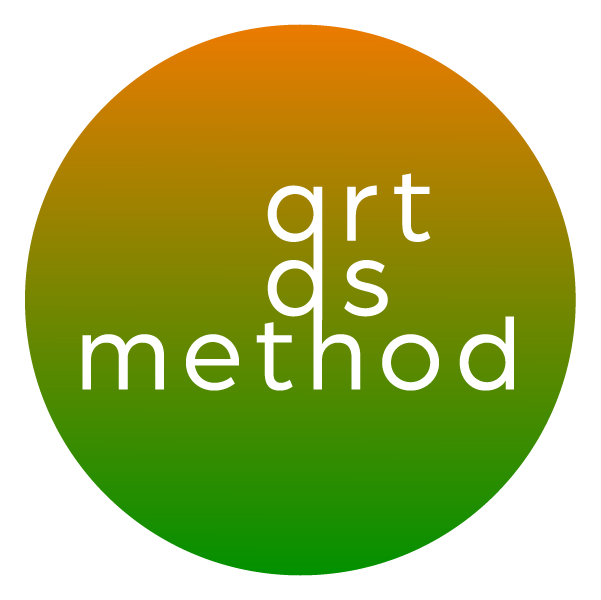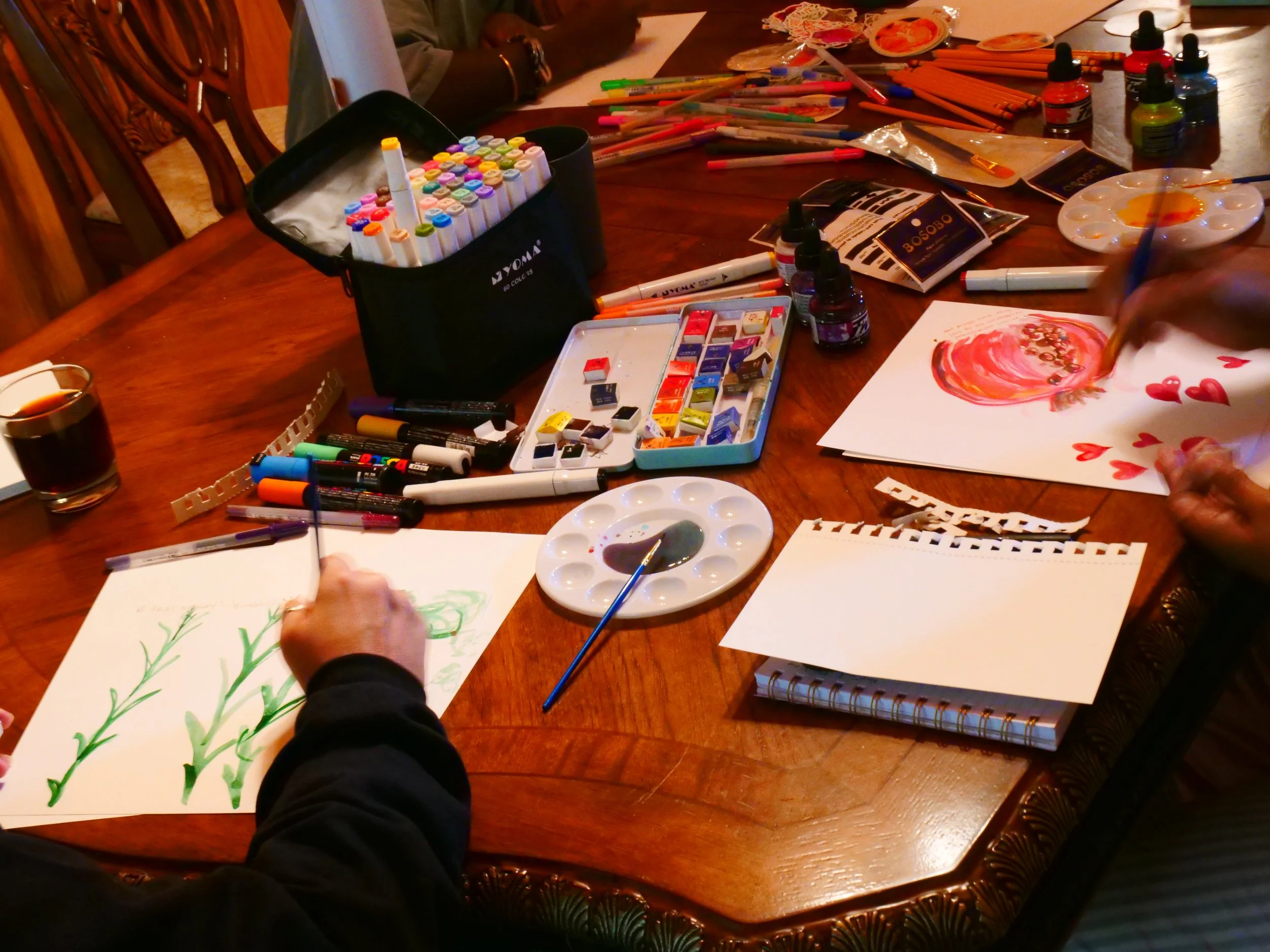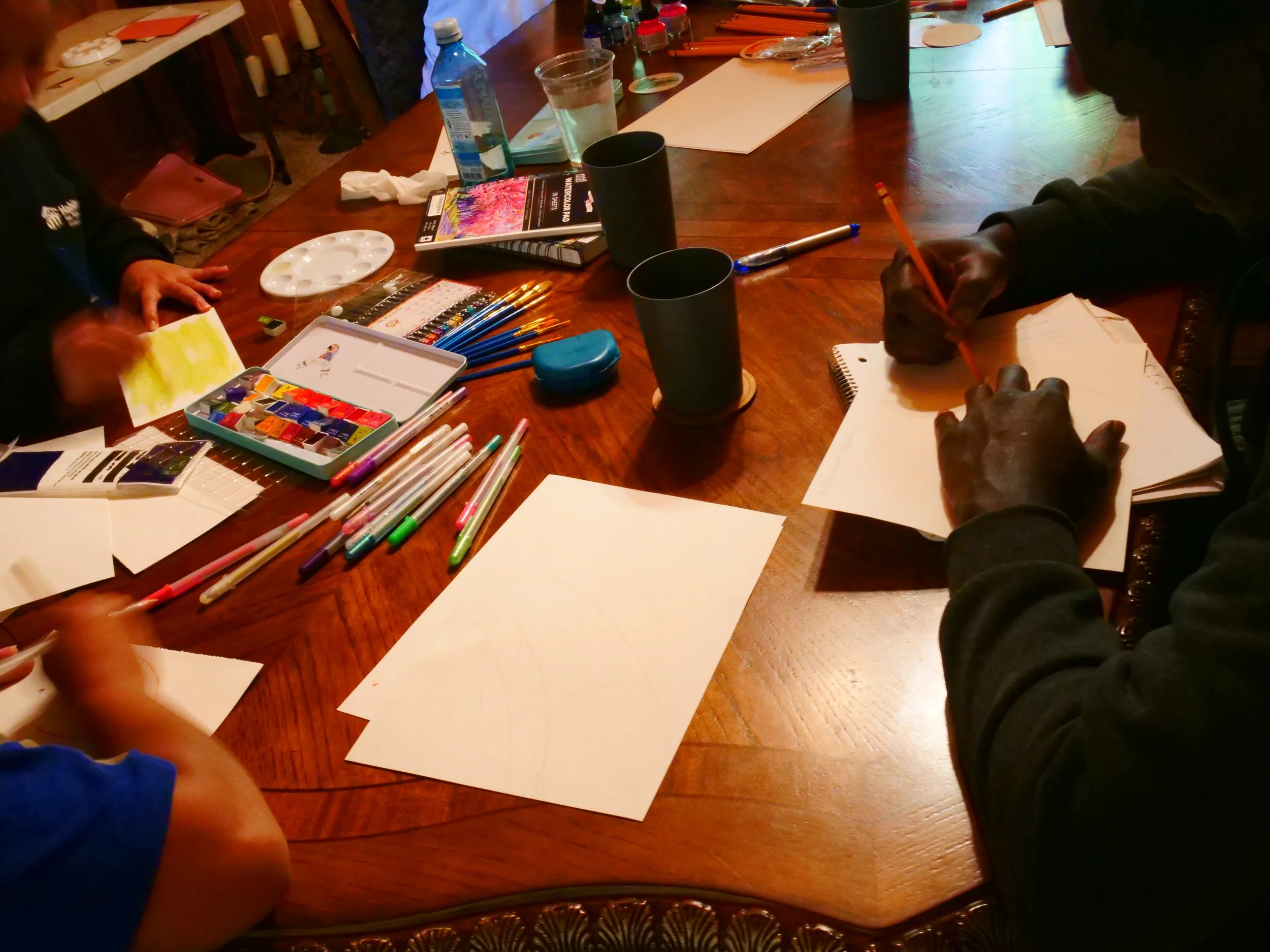WHAT HAS RESEARCH LOOKED LIKE?
QUANTITATIVE
Traditional research methods—like surveys, tests with numbers, and putting people into categories—don’t do a good job of showing the full, real-life experiences of BIPOC (Black, Indigenous, and People of Color) communities. These methods make things like people’s health, bodies, and experiences in our food system seem much simpler than they really are.
This type of research can easily perpetuate power imbalances between researchers and the communities they engage with. Mistrust, exploitation, and misrepresentation are often characteristics of these relationships.
QUALITATIVE
Qualitative research, like interviews and analyzing media, can help us understand complex problems that don’t have direct answers. This kind of research focuses on deeply understanding people’s experiences and identities.
It works especially well when studying inequities in the food system, which is shaped by things like money, politics, culture, race, and the environment.
Photovoice is an art-based participatory research method that provides opportunities for people to take photos of their own communities and tell stories about their concerns, strengths, and lived experiences. It helps raise awareness, gives voice to those often unheard, and pushes for real change by involving the wider community and decision-makers.
ART-BASED
Art-based research (ABR) uses creative practices—like drawing, writing, and performance—to explore complex issues, and can be used throughout the research process, from collecting to sharing data.
For many BIPOC communities, art has long served as a way to heal, express identity, respond to injustice, and reclaim narratives. Artistic forms like hip hop and storytelling have emerged from historical struggles, becoming both therapeutic and powerful tools for activism and community building.
Farming, for example, can be seen as a spiritual and artistic practice, and using art to explore food justice allows for deeper empathy, understanding, and social change.
ART AS METHOD
Art as Method centers community voices, shifts power away from academics, and creates space for healing, connection, and storytelling through creative expression—including in food systems work.
Art as Method is not meant be a reproducible community engagement method for developing community presence, especially when power imbalances exist between academic researchers and community members. True collaboration happens when researchers and community partners share power, respect each other’s expertise, and build strong, emotionally invested relationships rooted in trust and cultural sensitivity.



